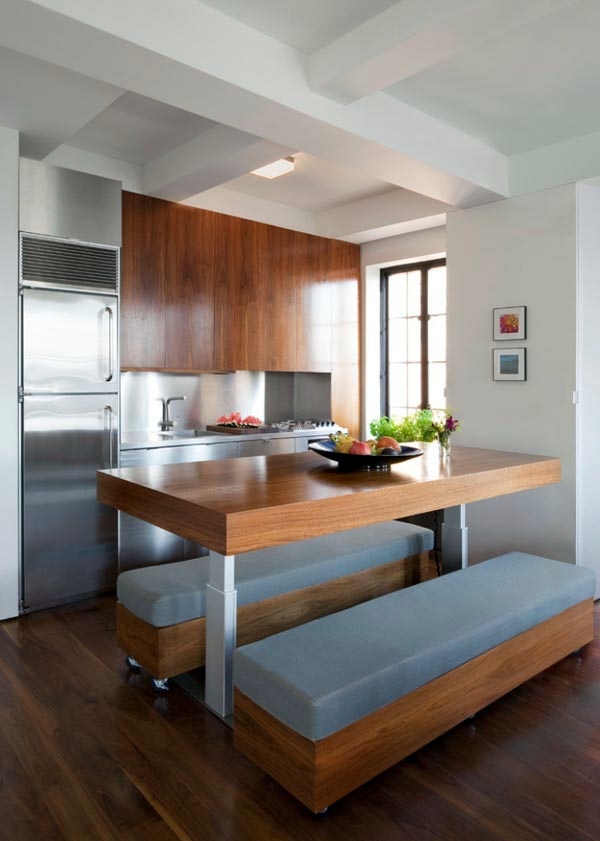

- #Color solutions basiccolor display software#
- #Color solutions basiccolor display iso#
- #Color solutions basiccolor display windows#
The software then allows you to validate your profile and see the deltaE values of measured colour patches - after the monitor has been calibrated and profiled. You can see this for yourself as soon as the whole process is over. This iterative process is what makes basICColor display 4.x more accurate than competing products. What happens when the software calibrates, is that your black and white point are set, and your grey values are iteratively determined and the Tone Response Curve adjusted accordingly. Nevertheless, the calibration round is pretty efficient. With software calibration, the values of the calibration are uploaded to the video card, and less influence can be exercised on how the monitor itself behaves. The interaction between the software and the monitor will be totally automatic, and the calibration curves will be uploaded into the monitor's lookup tables. When selecting to calibrate the hardware on a monitor that supports hardware calibration, you can sit back and look at what display 4.x does for you. The profile can be a LUT-based profile or a less accurate matrix profile.
#Color solutions basiccolor display iso#
For example, you can decide to calibrate to ISO 366 standards, or use one of the preset calibration settings such as "Office", "Photography", and "Prepress". This is done by going through a column with pop-up menus at the left side of the window. If you know what you're doing, you can decide yourself what the software is supposed to calibrate / profile against. However, beginners - or impatient people - can start calibrating using the "Express" button, which sets the application to manufacturer defaults and is the fastest way to get a profile quickly.

The software is aimed at professionals, and therefore can be set up by the operator entirely. I can't report any problem with my ATI Radeon 9800 SE, but other cards might dislike display 4.x tampering with their Tone Response Curves. If software calibration causes problems with your video card, you can turn it off. You can have the software calibrate or only profile your display. It should therefore take at least twice as long as with other programs, but it's actually faster than both MonacoProfiler and ProfileMaker Pro. I was stunned by its speed, especially so as the application will go through a calibration round before profiling your display. It has a phased interface, meaning you only get to see what is relevant at each particular phase in the calibration/profiling process.īasICColor display 4.x is fast too.
#Color solutions basiccolor display windows#
At startup, the software will detect when you have more than one monitor connected to your computer, and will automatically open as many windows as there are monitors. When used with the latter, you can show a spectral diagram of your display.īasICColor display 4.x is a multi-monitor solution out-of-the-box. It will even work with a Spyder2Pro, and at the other end of the spectrum, with the Eye-One Pro. The software works with other manufacturers' colorimeters as well. If you already have a Display 2, there's no need to buy the basICColor display with the Squid 2. It comes with the "Squid 2", an OEM'ed version of the GretagMacbeth Display 2 colorimeter. Not as good as hardware calibration, but better than no calibration at all.īasICColor 4.1.1 is Color Solutions' monitor profiling software. What if I told you there is an application out there that does more with the video card's LUT than most packages do - even the very expensive ones? It is called basICColor display 4.1.1, it's a German product, and it works wonders. While you may not always have the means to buy a monitor that you can calibrate - or you simply don't want to throw out your still perfect performing 4-year old LCD, you can still profile the monitor, which enables you to at least use it for more or less accurate photo proofing with Photoshop.

These monitors have a 10-bit or better Video Colour LookUp Table (LUT) which also makes them behave better with regards to colour representation. Calibration is only possible with CRT monitors and some of the more expensive LCD monitors, such as the Eizo GC range and LaCie's current 300 range of models. Calibrating Any Monitor With basICColor Display 4.xĬalibrating your monitor is essential to get an accurate representation of the colours you want to output on a printer.


 0 kommentar(er)
0 kommentar(er)
